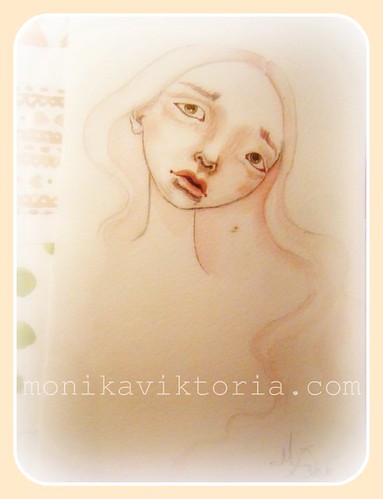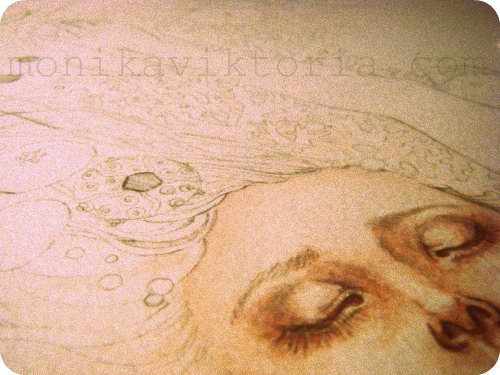As I was researching Hungarian folktales to illustrate (reading children’s stories and drinking wine) I came across a particular trend that caught my attention. In a vast number of the stories I was reading, the plot goes as thus:
There is a King who has a daughter who is the most beautiful girl in all of the land. There has never been a girl as beautiful as her, and never will there be another. You could easily look at the sun, but not at her, for she is that beautiful. When the time comes for her to marry, she sets three tasks for her would-be suitors to fulfill – whoever completes this wins her hand in marriage and her father’s Kingdom… However, any one that tries, but fails, gets their head … (insert strange Hungarian word that I did not understand at the time).
At first I thought all the poor lads that were unsuccessful had their heads put in the stocks whilst rowdy villagers threw tomatoes at them or something. I already thought these princesses were a bit demanding… that’s a bit of a harsh punishment for failure. Then I was informed I had misunderstood the word. The boys who fail do not get their heads put into the stocks for a day, no... They get their heads put on stakes.
OHHH. Silly me, OF COURSE. In true Hungarian / Vlad-the-Impaler fashion the ultimatum for failure is a little more extreme than I initially realized. Suddenly the stories I was told as a child took on an entirely different and much more serious nature. And those beautiful princesses turned horrifically cruel and harsh in my eyes.
Yet the princes still come in hoards, all bewitched by the beauty of the King’s daughter, willing to put their lives at stake (pun intended) for the chance to win her hand, and to share her bed.
This is my depiction of the King’s daughter, cruel and unfeeling, with a horrific ultimatum for her suitors.










































